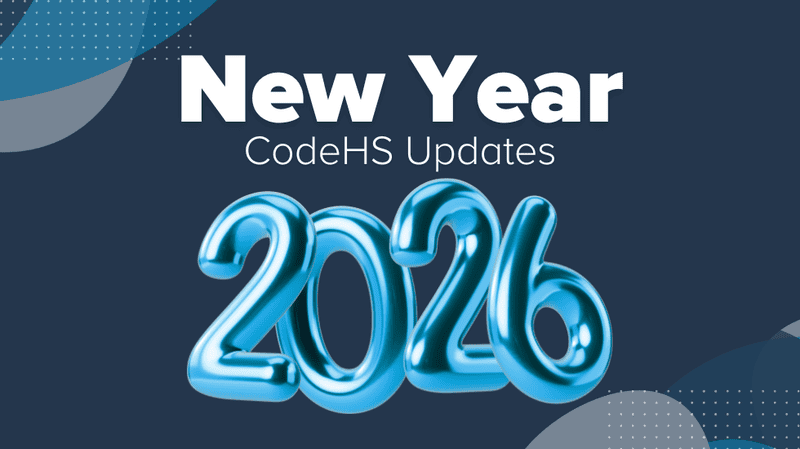Keeping Students Engaged with Extra Content in a Virtual Classroom
Tips for Virtual Teaching: Q&A with Sean Raser, a Computer Science Teacher, CodeHS Certified Educator & Teacher Trainer

Meet Sean Raser, a computer science teacher, CodeHS Certified Educator and Teacher Trainer. Sean tells us about his experience adapting to virtual teaching last Spring, and how one solution doesn’t always fit all students. We got some great tips from Sean, who attests that being flexible is key, as well as keeping students engaged with extra work.
Q: Tell us about your background and teaching experience.
A: I’ve been teaching for 7 years (6 in CS) at California HS in San Ramon, CA. I started out as a Math teacher, but quickly switched to CS and have absolutely loved every bit of it. I think it is essential for every young person to be exposed to programming, and I love being able to work with students who are brand new to coding.
Q: How was your transition to virtual teaching this year?
A: The transition did present some challenges, mainly with student engagement as well as the final Performance Task for my AP CSP class. First of all, CodeHS is set up perfectly for ‘virtual teaching’ with it’s blended learning set-up. It is very easy to assign lessons, which contain instructional videos, examples and exercises that the students can complete on their own time. CodeHS was able to help with tracking student usage through the new ‘Attendance’ tool. This allowed me to see if/when students were logging in so I could follow up with students who were not using their account. Overall I felt very fortunate to be using a tool that supported such a natural transition to remote learning.
Q: What was your school’s setup for virtual teaching this year?
A: We did not have a setup… basically, each teacher had to adapt their material on their own. It was a challenge for a lot of teachers, but I was fortunate that with CodeHS, it was a smooth transition.
Q: How did your students adapt to the virtual classroom?
A: Most of them adapted quite well, although there were some exceptions. I found that the practice problems and supplemental Units were very helpful for keeping students engaged.
I was finding that some students were working through the material very quickly, so this extra content was great to keep them engaged.
Q: What tips would you like to share with other teachers to lead a successful virtual classroom?

A: Flexibility is the key. There is not going to be a solution that works for every single student, so being able to adapt and modify is essential. I felt like CodeHS really excelled in this area with all of the customization tools that are available.
This is definitely not what I signed up for when I got into education, but I feel like this is an opportunity to really grow personally and professionally. Regardless of our subject area, we are all in this to support our students and right now they need us more than ever. This is an opportunity to really be there for our students and work with them through these difficult times.
Have some virtual teaching tips you’d like to share on our blog?
Share them with us here. We’d love to hear from you!


